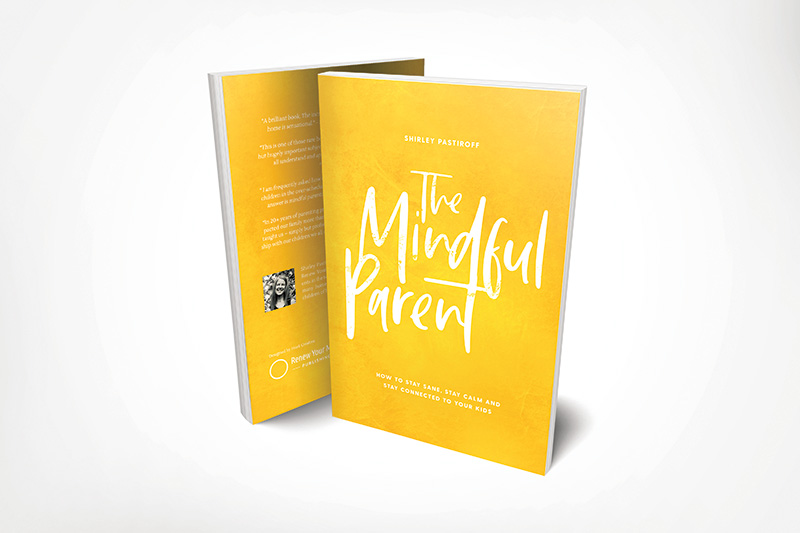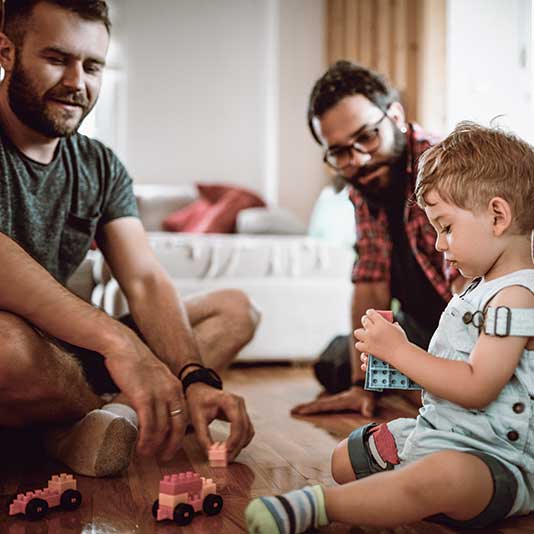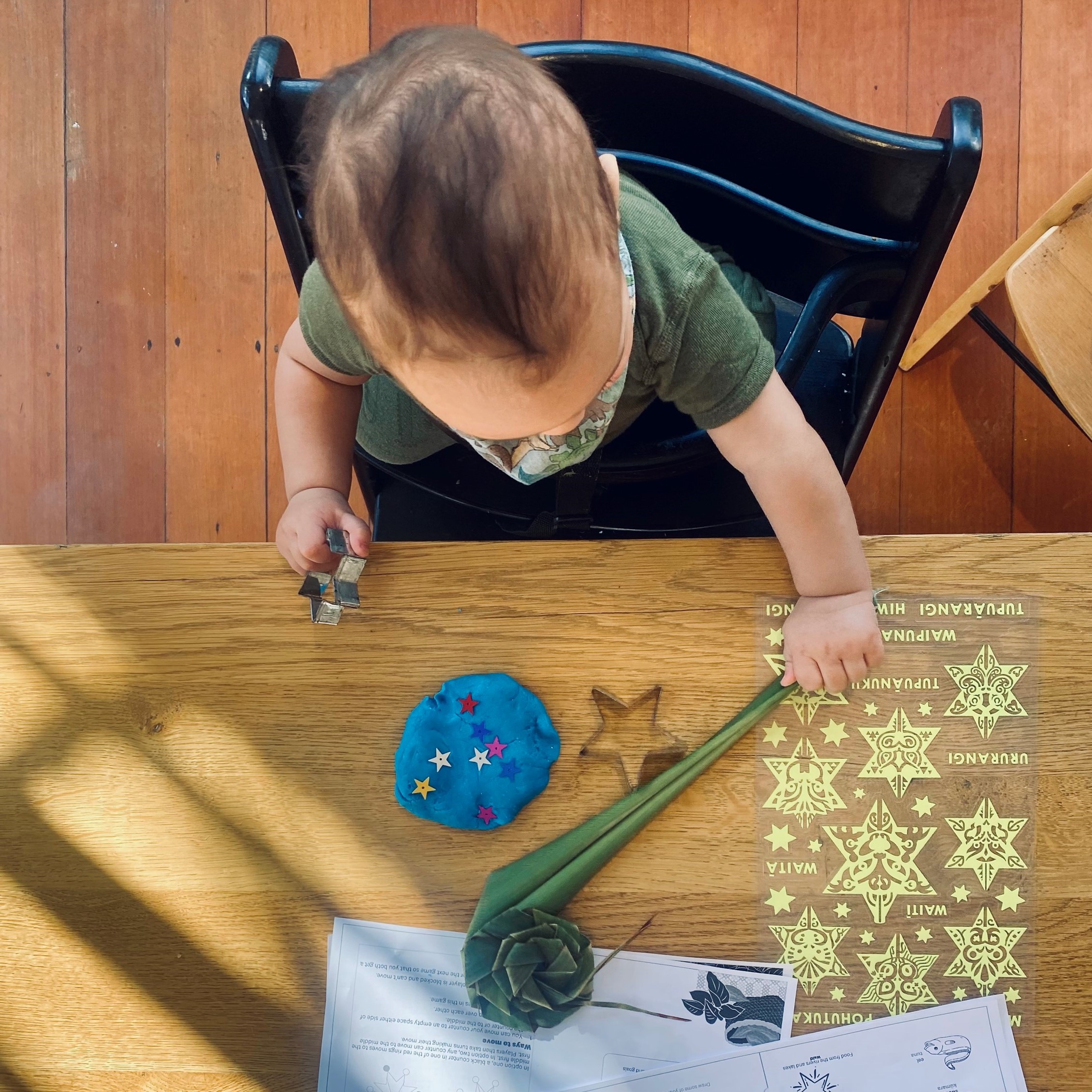How to Best Cope With Toddler Tantrums

SHIRLEY PASTIROFF
Understanding why they happen and how, as a parent, you can best manage your child’s tantrums.
With Shirley Pastiroff, counsellor, mindful parenting course facilitator, mother of five, and author of The Mindful Parent.
renewyourmind.co.nz
Q: Can you briefly explain the science behind tantrums and why toddlers (especially) have them?
A tantrum is best understood by looking at the way our brains respond to stressful or tricky situations. When the moment we’re living in feels peaceful, calm or even just neutral, our brain is in what I call the ‘Green Brain’ state. It means we have all the healthiest hormones moving around our body, like serotonin, oxytocin and dopamine. These make us feel good psychologically but also physiologically produce relaxed muscles, wider awareness, normal rather than elevated blood pressure and heart rate.
However, when we have feelings of frustration, helplessness, fear or rage our brains go into the ‘Red Brain’ state. That happens regularly in our lives, for both adults and kids. The hormones in ‘Red Brain’ are cortisol and adrenaline. This is when tantrums can occur. Some people are more skilled at dealing with ‘Red Brain’ moments than others.
For toddlers, tricky situations have an extra couple of complications. Firstly, they’re developing independence and beginning to sense their own ego, their separateness from mum and dad, and feeling their own needs, wants and desires in a whole new way. Secondly, they’re starting to talk but words can be hard for them to access; they just don’t have the eloquence to help them express their feelings, so they get stuck in the physical feeling and it comes out in all sorts of crazy ways.
Q: Why is it important for parents to understand why toddlers have tantrums?
One word: empathy.
With tantrums, when we don’t understand them we can get frustrated more quickly; it produces more ‘Red Brain’. When we have some understanding that our child’s brain is ‘hijacked’, in that it is awash with cortisol and adrenaline – through no fault of their own – it helps us stay in ‘Green Brain’ and respond, rather than react.
Q: In the moment of a tantrum occurring, what is the best approach for a parent to take?
Generally, I train parents to prepare themselves for tantrums in advance. If your toddler is in that stage of life, there’s no reason to wait until they have a tantrum to work out your response. It’s often too late and we get caught up in the moment with them so fast we don’t have time to choose how we’re going to respond.
We have to become familiar with our own body and our own emotions, to become skilled at staying in ‘Green Brain’ in a triggering moment.
Imagine the scene, any tantrum scene will do, and then take your attention away from your child and notice your body. Notice your muscles, your heart rate, your stomach etc. Notice your emotions: are you feeling disappointed, helpless, taken for granted, angry? Then, you acknowledge that all your feelings make perfect sense (given the tantrum in front of you) and breathe out deeply. The cortisol reduces, the serotonin and oxytocin increase and now you’re in a much better physiological state to help your child. You’re not tense, not in tunnel vision, and more able to effectively manage the situation.
Two ‘Red Brains’ will always exacerbate an event, whereas one ‘Green Brain’ (yours) is the only way to get through a tantrum healthily.
Q: What should a parent do after the tantrum has ended?
Again, one word: connection.
All the research shows that emotion regulation and healthy behaviour development in kids is based on one ingredient only. After food, shelter and safety, that one ingredient is connection – with a ‘Green Brain’ caregiver. So, our most important approach after a tantrum is to avoid any learning lessons, as no child can learn anything after an emotional hijack. We offer cuddles and connection to the extent we possibly can.
It’s tough as we often don’t want to be anywhere near our kid right after a tantrum, but it is when they need us the most. As parents, we are the ones who have the privilege of being the only people in our children’s lives who offer unconditional acceptance. These moments are the best test of that; can we still be unbelievably warm and accepting when they’re at their worst? Ironically, that’s what develops great behaviour in kids, not consequences or learning lessons – connection.
Q: Is it possible to prevent tantrums?
Yes, it really is possible to prevent some tantrums. It’s unlikely we can prevent them all, but we definitely can create an environment in which our kids are hijacked less often. The main way we do that is to develop an ongoing relationship with our children that welcomes and encourages the expression of emotion in our everyday lives. It may seem counter-intuitive, but when our kids have healthy access to anger, sadness and fear, as well as happiness, on a regular basis, they get stuck in their emotions much less often. And that’s what a tantrum is: stuck emotions.
Q: How can parents support their toddler in learning to regulate their emotions?
One of the mindful parent strategies I have found the most transformational with my five kids, and in the homes and lives of many of the families I’ve worked with, is called Mirror-Link-Pause (MLP). You can also remember it as My Little Pony.
MIRROR:
When our kids are having a difficult emotion we can just start with recognising or mirroring it.
“It looks like you’re terrified/upset/really sore/mad at me.”
With toddlers, we use our bodies, our tone and our energy. The accuracy of the words is less important.
LINK:
Then, we validate or link the emotion to what we guess might be the reason:
“That makes so much sense, she took your toy.”
“You want to go outside.”
“That’s the same knee you bruised last week.”
“You love screen time.”
The link, again, has heaps of energy in it. It’s not an attempt to calm the situation down, but to see if we can skillfully stand in our children’s shoes.
PAUSE:
And then, we take a breath, we pause and see what happens.
No “…but” – that’s the hardest part for us parents!
There’s no need to try and fix, solve or change anything about the circumstances being expressed in front of you. Maybe you offer a gentle look or a sigh to make sure your kid knows you’re not leaving them in the lurch to sort themselves out, but just offering your support rather than disapproval or well-meaning solutions. Often they will just move on. They had an emotion, it was acknowledged but not fixed, and that’s all they need.
Q: Can you share some tips on how parents can create a calmer and happier home for their toddler?
My biggest tip – the one that trumps them all, is for parents to spend as much time as possible in ‘Green Brain’. It simplifies the many bits of parenting advice down to what matters most. It isn’t what screen time they do or don’t have, what they eat, whether they go to kindy or daycare, how fast they learn to read, and so on. It’s simply about the atmosphere of our homes.
We parent out of overflow, so if we’re stressed or running around with our endless to-do list and not often present to our day-to-day lives, our children absorb all that and find emotion regulation much harder. Children are sponges and they just reflect the busyness, stress, or calm of their environment. That’s why I teach mindfulness, in all its many forms, as the basis of all my parenting training. It transforms homes in a way that behaviour management can’t. It’s also a win-win. As parents, we get to enjoy our lives more and our kids become easier and easier to manage and much more fun to be around. Who wouldn’t want that?




